Home>Gardening & Outdoor>Outdoor Entertaining>How To Run A Gas Line To A Fire Pit
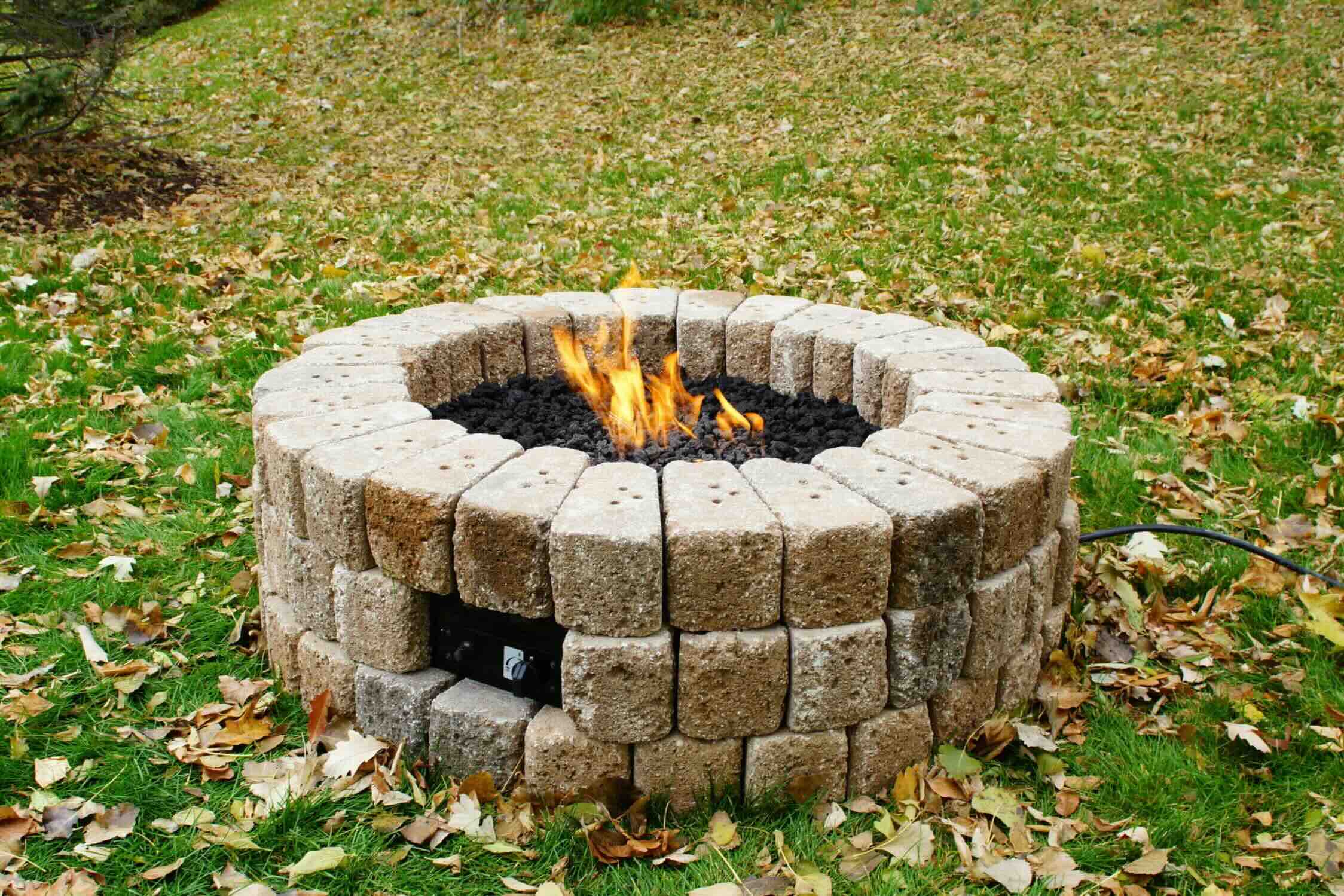

Outdoor Entertaining
How To Run A Gas Line To A Fire Pit
Modified: February 3, 2024
Learn how to safely and efficiently run a gas line to your fire pit for seamless outdoor entertaining. Our step-by-step guide makes it easy.
(Many of the links in this article redirect to a specific reviewed product. Your purchase of these products through affiliate links helps to generate commission for Storables.com, at no extra cost. Learn more)
Introduction
Creating an inviting outdoor space for entertaining and relaxation is a popular trend among homeowners. One key element that can elevate the ambiance of your outdoor area is a fire pit. Whether you prefer the rustic charm of a wood-burning fire pit or the convenience of a gas-fueled one, the latter offers a clean and hassle-free option for enjoying warmth and ambiance in your outdoor living space. In this comprehensive guide, we will delve into the process of running a gas line to a fire pit, providing you with the knowledge and confidence to undertake this rewarding project.
Installing a gas line to a fire pit involves several essential steps, from assessing the location to gathering the necessary materials and tools, shutting off the gas supply, and finally, installing and testing the gas line. While this may seem like a daunting task, with the right guidance and attention to detail, you can successfully complete this project and enhance your outdoor entertaining experience.
Before embarking on this endeavor, it's crucial to familiarize yourself with local building codes and regulations, as well as to consider enlisting the expertise of a licensed professional for certain aspects of the installation. Additionally, conducting a thorough assessment of the chosen location for the fire pit and gas line is imperative to ensure safety and functionality.
By following the steps outlined in this guide, you can transform your outdoor space into a cozy and inviting oasis, perfect for hosting gatherings, unwinding after a long day, or simply enjoying the beauty of a starlit evening. Let's embark on this journey to enhance your outdoor living experience by bringing the warmth and allure of a gas fire pit to your backyard.
Key Takeaways:
- Transform your outdoor space with a gas fire pit, but first, assess the location, gather materials, shut off the gas supply, install the gas line, and test the fire pit for safety and functionality.
- Installing a gas line to a fire pit requires careful planning, precise execution, and adherence to safety protocols, ensuring a reliable and captivating outdoor entertainment space.
Read more: What Size Gas Line For Outdoor Fire Pit
Assessing the Location
Before diving into the process of running a gas line to your fire pit, it’s essential to carefully assess the chosen location. This step is crucial for determining the feasibility and safety of installing a gas-fueled fire feature in your outdoor space.
First and foremost, consider the proximity to existing gas lines. If your property already has a natural gas supply for indoor appliances, such as a stove or water heater, locating the fire pit nearby can simplify the installation process. However, if the desired location is far from existing gas lines, it may require more extensive trenching and piping, potentially increasing the overall project cost.
Additionally, evaluate the terrain and ground composition where the fire pit will be situated. Ensure that the area is level and adequately drained to prevent water accumulation around the fire pit and gas line. If the ground is uneven, you may need to undertake some landscaping or leveling to create a suitable foundation for the fire pit.
Furthermore, consider the surrounding environment and any potential obstructions. Keep a safe distance from buildings, foliage, and other flammable materials to minimize fire hazards. Adequate ventilation is also essential, especially for gas-fueled fire pits, to prevent the accumulation of gas in enclosed spaces.
Lastly, take into account the intended use of the fire pit area. If it will primarily serve as a focal point for social gatherings and relaxation, ensure that it is conveniently accessible from seating areas and integrates seamlessly with the overall layout of your outdoor space.
By thoroughly assessing the location for your gas fire pit, you can make informed decisions regarding the installation process and address any potential challenges proactively. This thoughtful approach sets the stage for a successful and enjoyable outdoor entertaining space, where the allure of a gas fire pit can be embraced to its fullest potential.
Gathering Materials and Tools
Before commencing the installation of a gas line to your fire pit, it’s essential to gather the necessary materials and tools to ensure a smooth and efficient process. By having the right components at your disposal, you can proceed with confidence and precision, laying the groundwork for a safe and functional gas-fueled fire feature in your outdoor space.
The following materials are typically required for running a gas line to a fire pit:
- Gas fire pit burner kit: This includes the burner, ignition system, gas valves, and other essential components specific to your chosen fire pit design.
- Flexible gas line: Ensure that the tubing is suitable for outdoor use and compatible with natural gas or propane, depending on your fuel preference.
- Gas shutoff valve: A crucial safety feature that allows you to turn off the gas supply to the fire pit when necessary.
- Rigid black pipe: Required for the underground portion of the gas line, this durable piping ensures long-term stability and safety.
- Trenching equipment: Depending on the distance from the main gas supply and local regulations, you may need trenching tools or machinery to excavate the trench for the gas line.
- Pipe fittings and connectors: These components are essential for joining sections of piping, ensuring a secure and leak-free gas line.
- Measuring and marking tools: A tape measure, marking paint, and other measuring implements are indispensable for laying out the gas line route and ensuring precise trenching.
- Protective gear: Safety goggles, work gloves, and sturdy footwear are essential for personal protection during the installation process.
In addition to the materials, the following tools are typically required for the installation:
- Pipe wrenches: These adjustable wrenches are essential for tightening and securing pipe fittings.
- Trenching shovel or trencher: Depending on the scale of the project, a trenching shovel or mechanical trencher may be necessary for excavating the trench for the gas line.
- Adjustable wrenches: Useful for various tasks, such as tightening connections and adjusting components during the installation process.
- Pipe cutter: This tool is essential for cutting and preparing the rigid black pipe to the required lengths.
- Leak detection solution: A solution specifically designed for detecting gas leaks is crucial for testing the integrity of the gas line connections.
- Fire pit media: If your fire pit design incorporates decorative media, such as fire glass or lava rocks, ensure that these elements are on hand for the final stages of the installation.
By gathering the requisite materials and tools in advance, you can streamline the installation process and minimize interruptions, setting the stage for a successful and rewarding project. With careful preparation, you are well-equipped to embark on the next steps of running a gas line to your fire pit, bringing you closer to the realization of a captivating outdoor entertainment space.
Shutting Off Gas Supply
Prior to initiating the installation of a gas line to your fire pit, it is crucial to shut off the gas supply to ensure a safe working environment and prevent potential hazards. Whether you are connecting the fire pit to an existing natural gas line or a propane supply, taking the necessary steps to isolate the gas flow is an essential aspect of the installation process.
The following steps outline the procedure for shutting off the gas supply and preparing for the subsequent installation:
- Locate the Gas Shutoff Valve: Identify the main gas shutoff valve that controls the supply to the area where the fire pit will be installed. This valve is typically located near the gas meter for natural gas installations or on the propane tank for propane-fueled systems.
- Turn Off the Gas Supply: Using an appropriate wrench, rotate the valve handle or lever to the closed position, effectively halting the flow of gas to the designated area. It is essential to ensure that the valve is fully closed to prevent any gas from reaching the installation site.
- Verify the Gas Shutoff: Once the valve is closed, confirm that the gas supply has been successfully shut off by checking gas-powered appliances in the vicinity. Ensure that stovetops, water heaters, and other gas-fueled devices are not operational, indicating the successful isolation of the gas supply.
- Release Pressure: If working with a propane system, it is advisable to release any residual pressure in the gas lines by briefly opening a gas-powered appliance or the propane tank valve, allowing the lines to depressurize before commencing the installation.
By diligently following these steps to shut off the gas supply, you create a secure environment for the subsequent stages of the installation process. This proactive measure not only enhances safety but also facilitates a smooth and focused approach to running a gas line to your fire pit. With the gas supply effectively isolated, you are ready to proceed with confidence, bringing you closer to the realization of a captivating and functional gas-fueled fire feature in your outdoor living space.
Before running a gas line to a fire pit, make sure to check local building codes and regulations. It’s important to use the correct size and type of gas line, and to have a licensed professional install it to ensure safety.
Installing the Gas Line
With the gas supply effectively shut off, you are now prepared to embark on the pivotal stage of installing the gas line for your fire pit. This step requires precision, attention to detail, and adherence to safety protocols to ensure the reliable and secure operation of the gas-fueled feature in your outdoor space.
The following guidelines outline the essential steps for installing the gas line to your fire pit:
- Determine the Gas Line Route: Plan the route for the gas line, considering the optimal placement to connect to the main gas supply while ensuring a safe and unobtrusive path to the fire pit location. Take into account local building codes and regulations regarding the depth and placement of the gas line, as well as any required permits for the installation.
- Excavate the Trench: Using appropriate trenching tools or machinery, excavate a trench along the planned route for the gas line. Ensure that the trench is deep enough to accommodate the gas line piping while complying with local regulations and safety standards.
- Lay the Gas Line: Carefully place the rigid black pipe in the excavated trench, ensuring that it follows the planned route and maintains a consistent depth throughout. Use fittings and connectors as needed to join sections of piping, securing them tightly to prevent leaks or displacement.
- Connect to the Main Gas Supply: If extending the gas line from an existing natural gas supply, make a secure connection to the main line using appropriate fittings and connectors. For propane systems, ensure a reliable connection to the propane tank, adhering to manufacturer guidelines and safety standards.
- Install the Gas Shutoff Valve: Incorporate a gas shutoff valve along the gas line route, ideally positioned near the fire pit for convenient access. This valve serves as a crucial safety feature, allowing you to isolate the gas supply to the fire pit when necessary.
- Test the Gas Line: Once the gas line is installed, conduct a thorough inspection to ensure proper alignment, secure connections, and adherence to safety standards. Subsequently, pressurize the gas line and perform a leak detection test using an approved solution, verifying the integrity of the connections and the absence of leaks.
By meticulously following these steps and exercising caution throughout the installation process, you can establish a reliable and safe gas line for your fire pit, laying the groundwork for the final stages of the installation. This critical phase brings you one step closer to realizing the allure and warmth of a gas-fueled fire feature in your outdoor living space, where gatherings and relaxation can be enhanced by the captivating ambiance of a radiant flame.
Read more: How To Light A Gas Fire Pit
Testing the Fire Pit
As the installation of the gas line to your fire pit nears completion, it is imperative to conduct thorough testing to ensure the safe and efficient operation of the gas-fueled feature. This crucial step serves as a comprehensive validation of the installation, providing peace of mind and confirming the readiness of the fire pit for regular use in your outdoor space.
The following procedures outline the essential steps for testing the fire pit and its associated gas line:
- Functional Testing: Activate the fire pit’s ignition system and observe the startup sequence to ensure that the burner ignites promptly and produces a stable flame. Verify that the flame height and characteristics align with the manufacturer’s specifications, indicating proper functionality and performance.
- Gas Leak Detection: Utilize a specialized gas leak detection solution to meticulously inspect all connections, fittings, and joints along the gas line. Apply the solution to each potential point of leakage and observe for any bubbles or other indications of gas escape, promptly addressing any identified leaks to ensure the integrity of the gas line.
- Operational Evaluation: Monitor the fire pit and its gas-fueled components for an extended duration, assessing their performance under typical operating conditions. Confirm that the flame remains steady and consistent, and that the gas supply functions reliably without fluctuations or interruptions.
- Safety Protocol Review: Familiarize yourself and other household members with the operation of the gas shutoff valve and safety procedures for the fire pit. Ensure that everyone understands how to effectively shut off the gas supply in case of emergencies or when the fire pit is not in use for an extended period.
- Compliance Verification: Validate that the installation and operation of the fire pit and gas line adhere to local building codes, regulations, and safety standards. Confirm that all necessary permits and approvals have been obtained, providing assurance of the installation’s compliance with legal and safety requirements.
By meticulously executing these testing procedures and adhering to safety protocols, you can verify the reliability and safety of the gas-fueled fire pit, paving the way for its seamless integration into your outdoor living space. This comprehensive validation process instills confidence in the functionality and safety of the fire pit, ensuring that it can be enjoyed with peace of mind, offering warmth and ambiance for memorable gatherings and tranquil moments beneath the open sky.
Conclusion
Embarking on the journey to install a gas line to your fire pit represents a significant endeavor that culminates in the transformation of your outdoor space into a captivating and inviting environment. By embracing the warmth and allure of a gas-fueled fire feature, you elevate the ambiance of your outdoor living experience, creating a focal point for gatherings, relaxation, and cherished moments with loved ones.
Throughout the installation process, careful planning, meticulous execution, and adherence to safety protocols are paramount. From the initial assessment of the installation location to the gathering of materials and tools, shutting off the gas supply, installing the gas line, and conducting comprehensive testing, each step contributes to the successful realization of a functional and safe gas fire pit.
It is essential to emphasize the significance of compliance with local building codes and regulations, as well as the potential involvement of licensed professionals for certain aspects of the installation process. Prioritizing safety and adherence to legal requirements ensures the long-term reliability and enjoyment of your gas-fueled fire pit, offering peace of mind and a sense of security for you and your loved ones.
As you bask in the captivating glow of your newly installed gas fire pit, surrounded by the warmth and comfort it provides, take a moment to appreciate the effort and attention to detail invested in bringing this enchanting feature to life. Whether hosting lively gatherings, savoring quiet evenings, or simply relishing the beauty of a flickering flame, the allure of your gas fire pit enhances the charm and functionality of your outdoor entertaining space.
With the completion of the installation and testing, you are now poised to embrace the countless moments of joy, relaxation, and connection that your gas fire pit will facilitate. From lively celebrations to tranquil reflections, the radiant warmth and captivating ambiance of the fire pit enrich your outdoor living experience, creating enduring memories and fostering a deeper appreciation for the beauty of your outdoor sanctuary.
May your newly installed gas fire pit become a cherished centerpiece of your outdoor haven, igniting countless moments of delight and warmth as you savor the pleasures of outdoor living.
Frequently Asked Questions about How To Run A Gas Line To A Fire Pit
Was this page helpful?
At Storables.com, we guarantee accurate and reliable information. Our content, validated by Expert Board Contributors, is crafted following stringent Editorial Policies. We're committed to providing you with well-researched, expert-backed insights for all your informational needs.
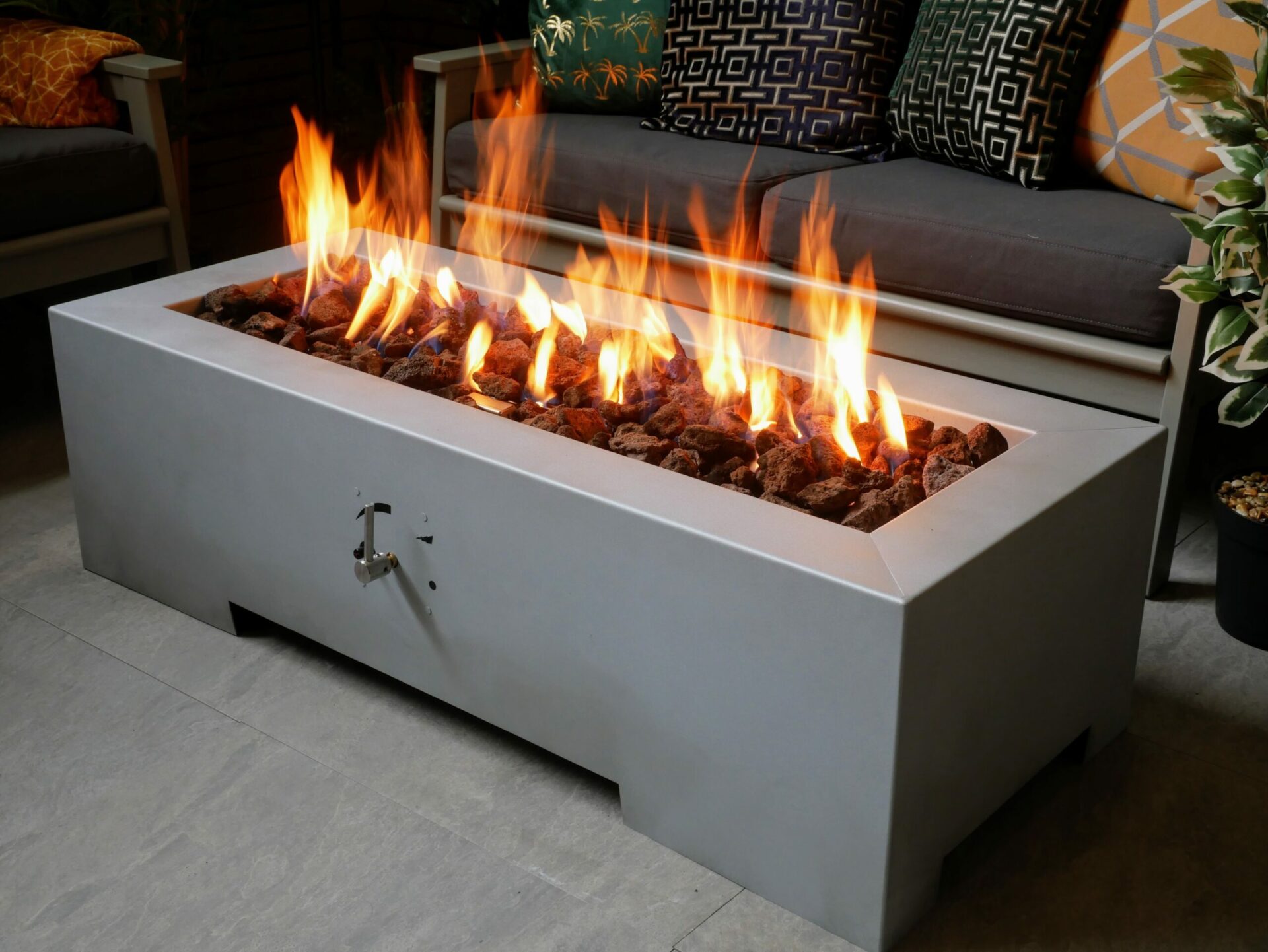

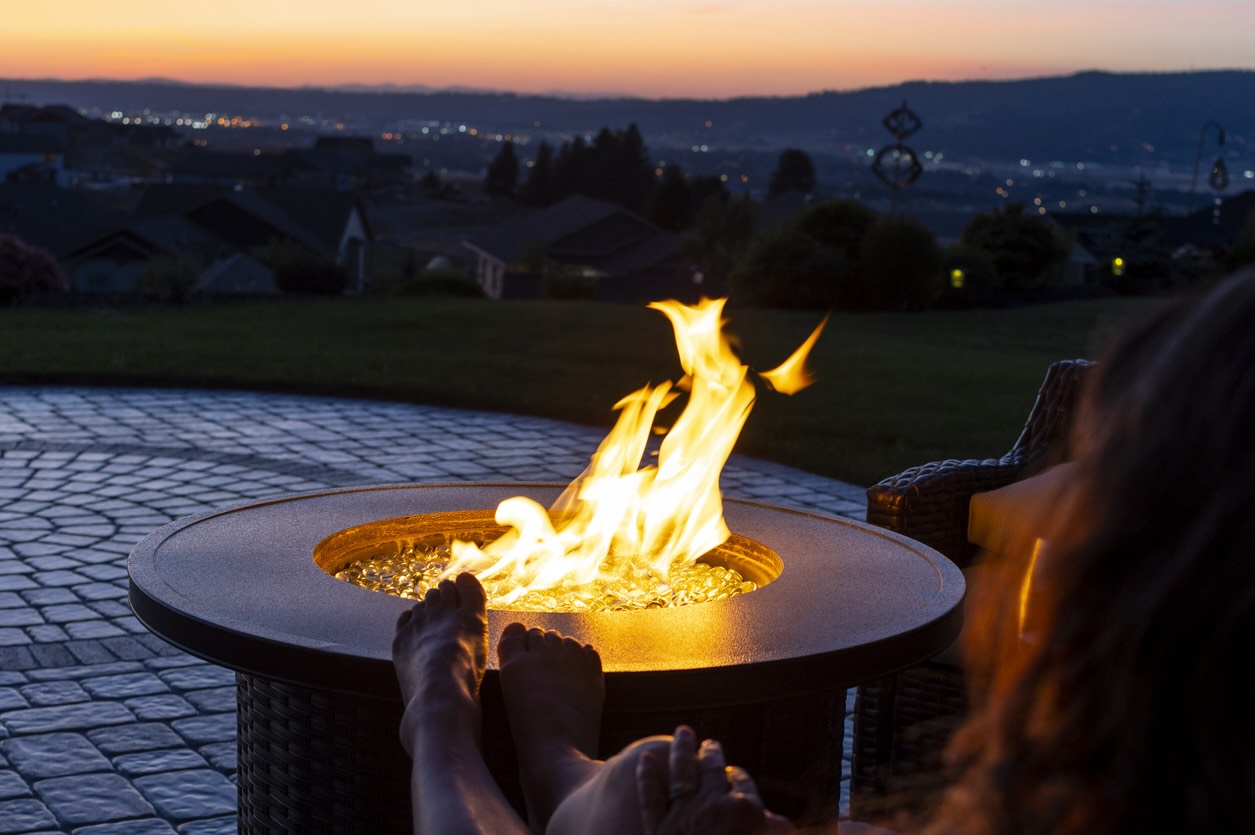
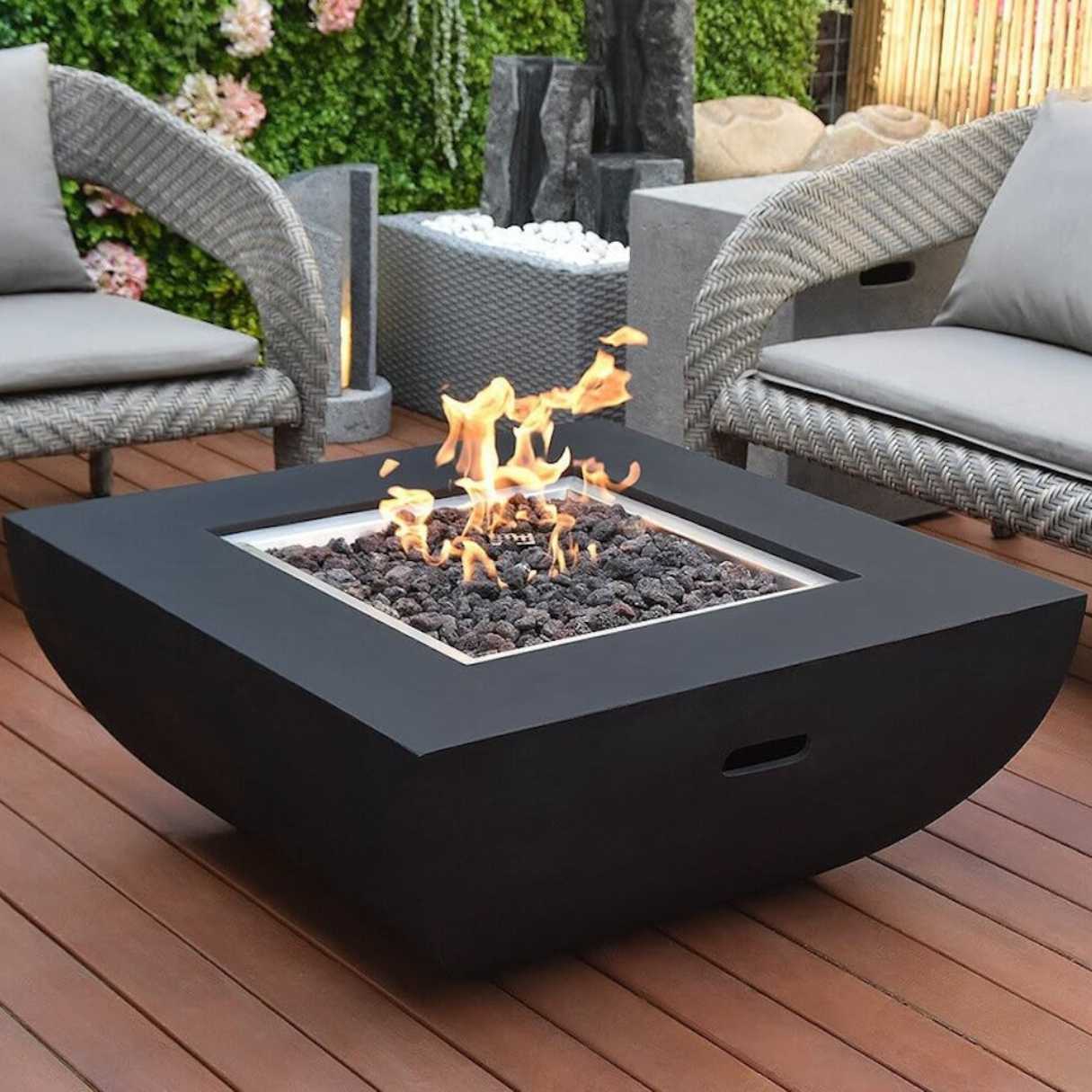
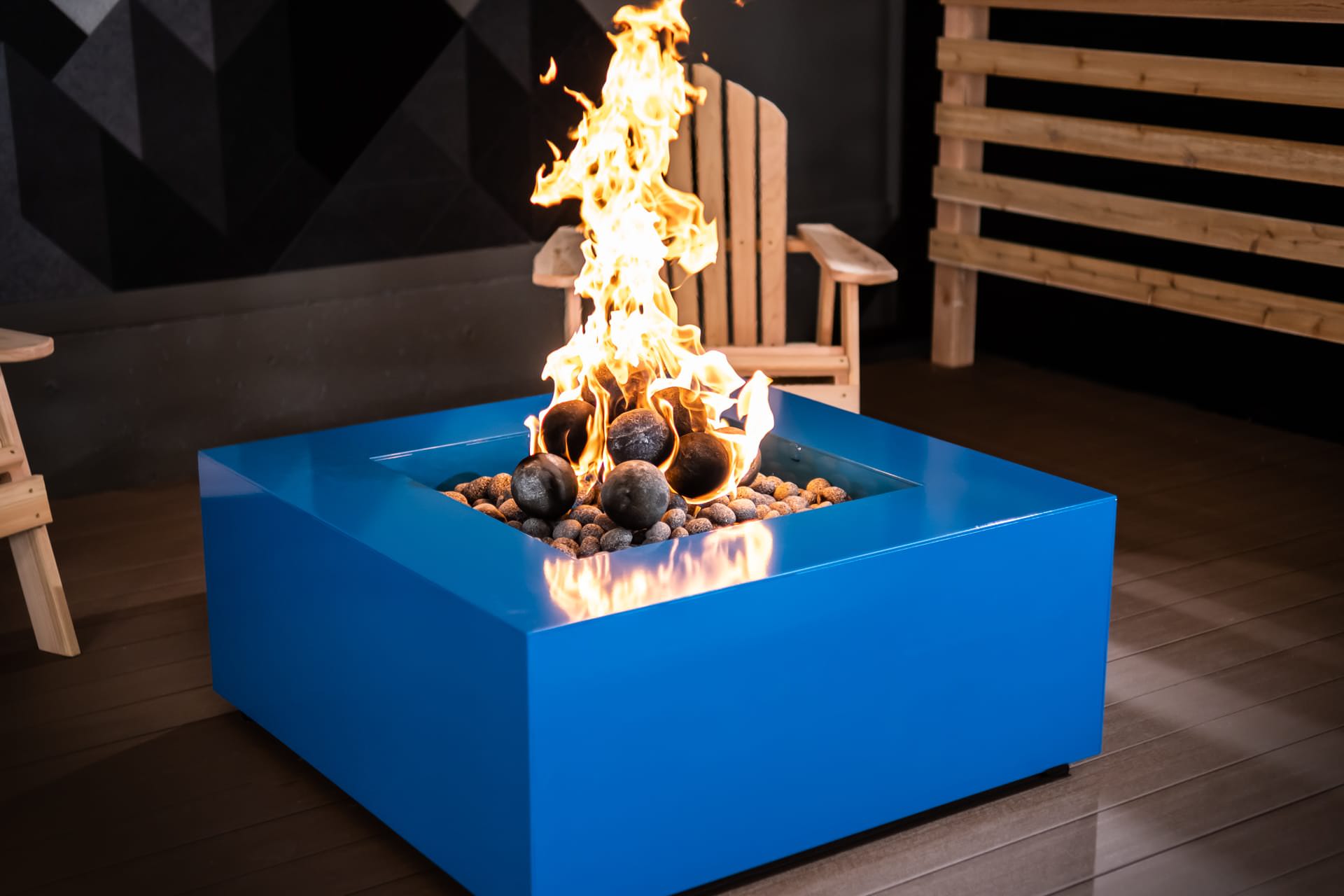
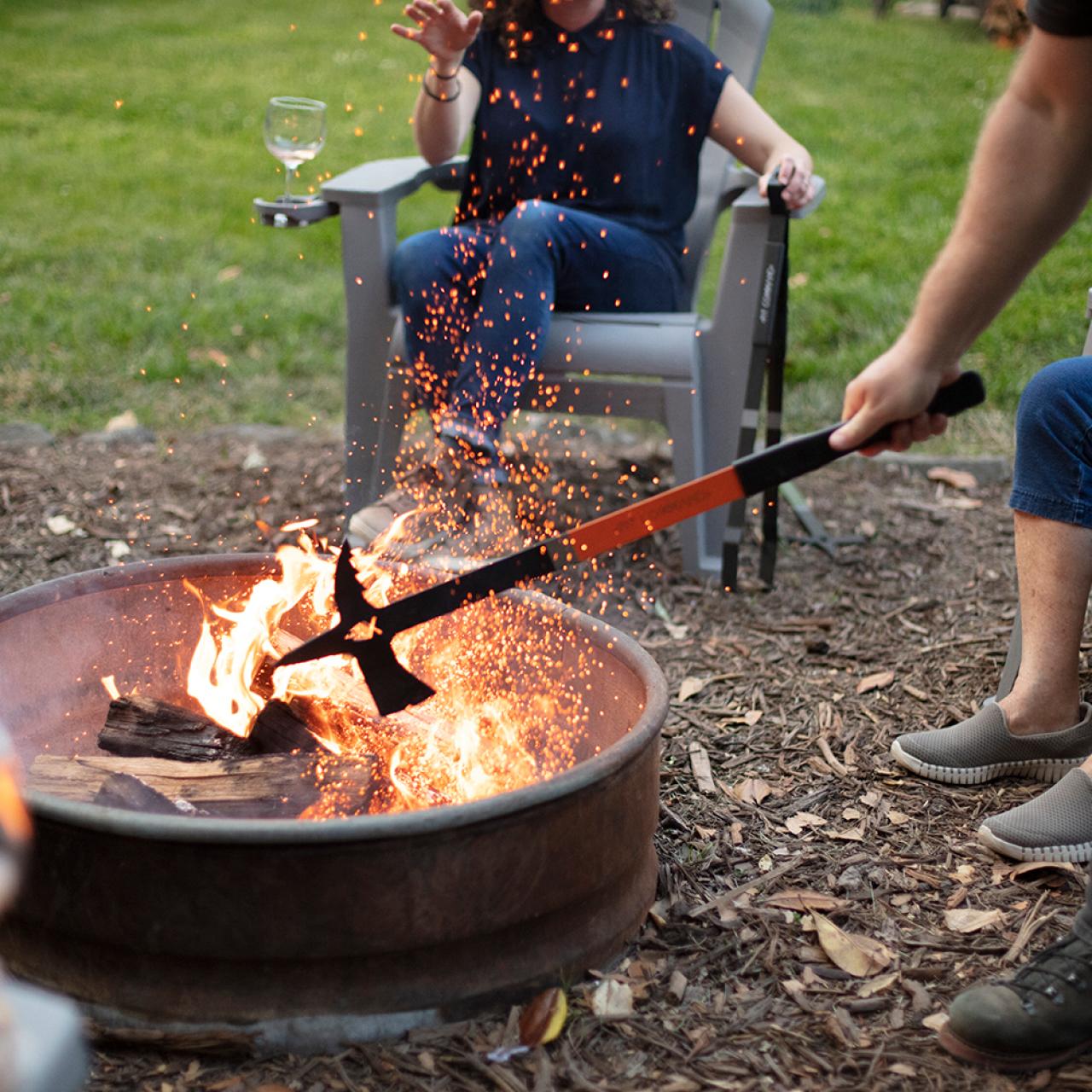
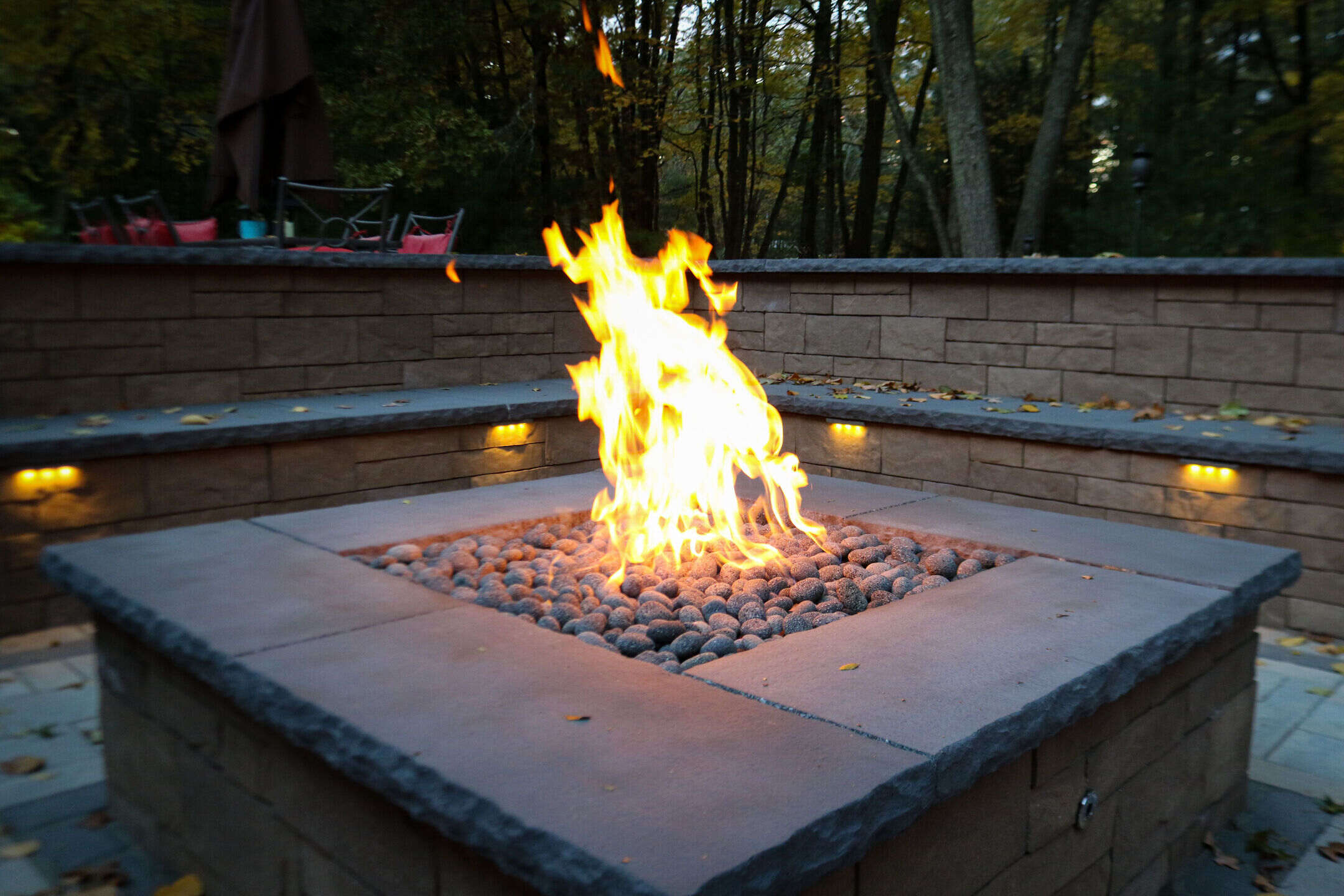
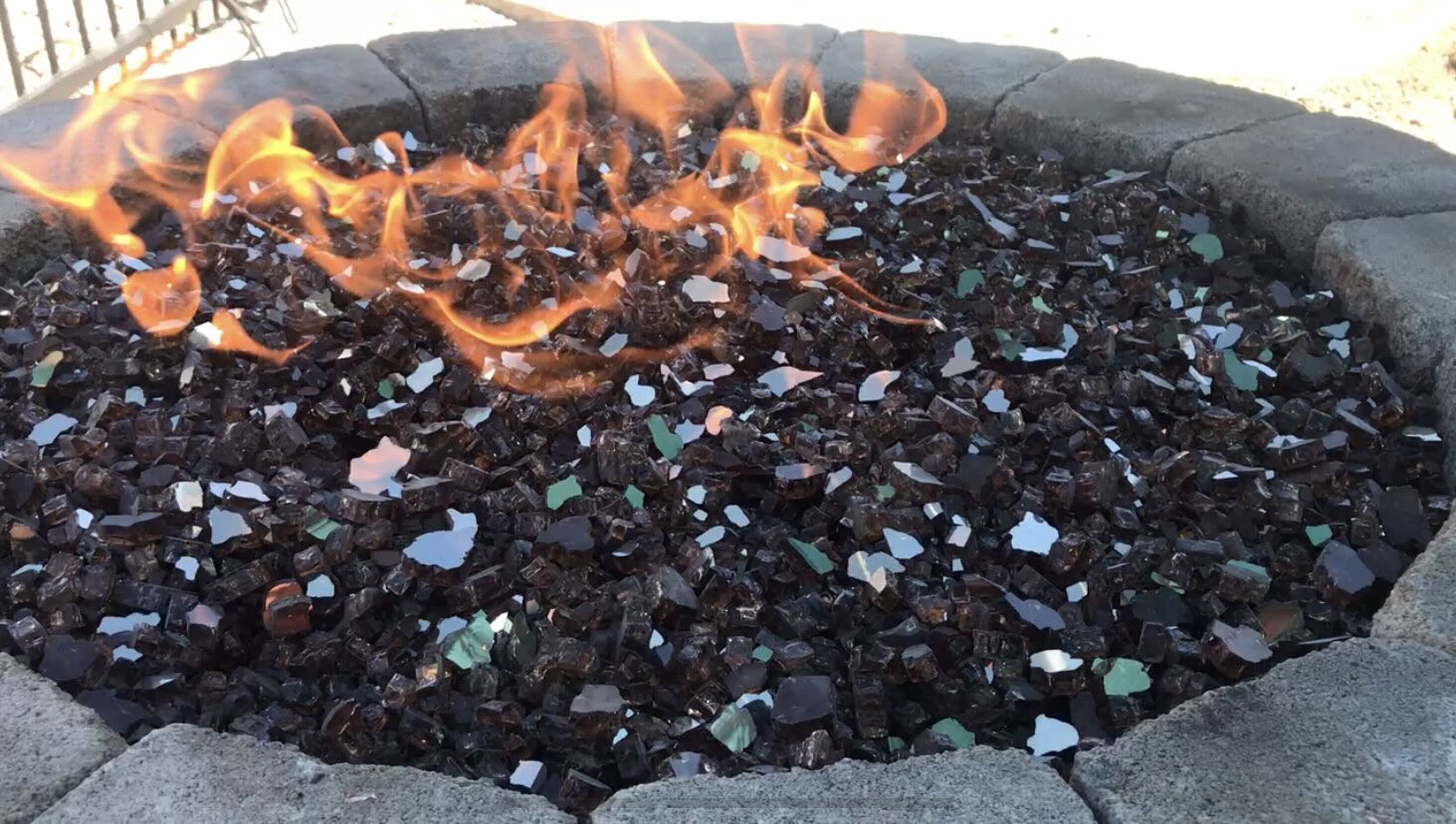
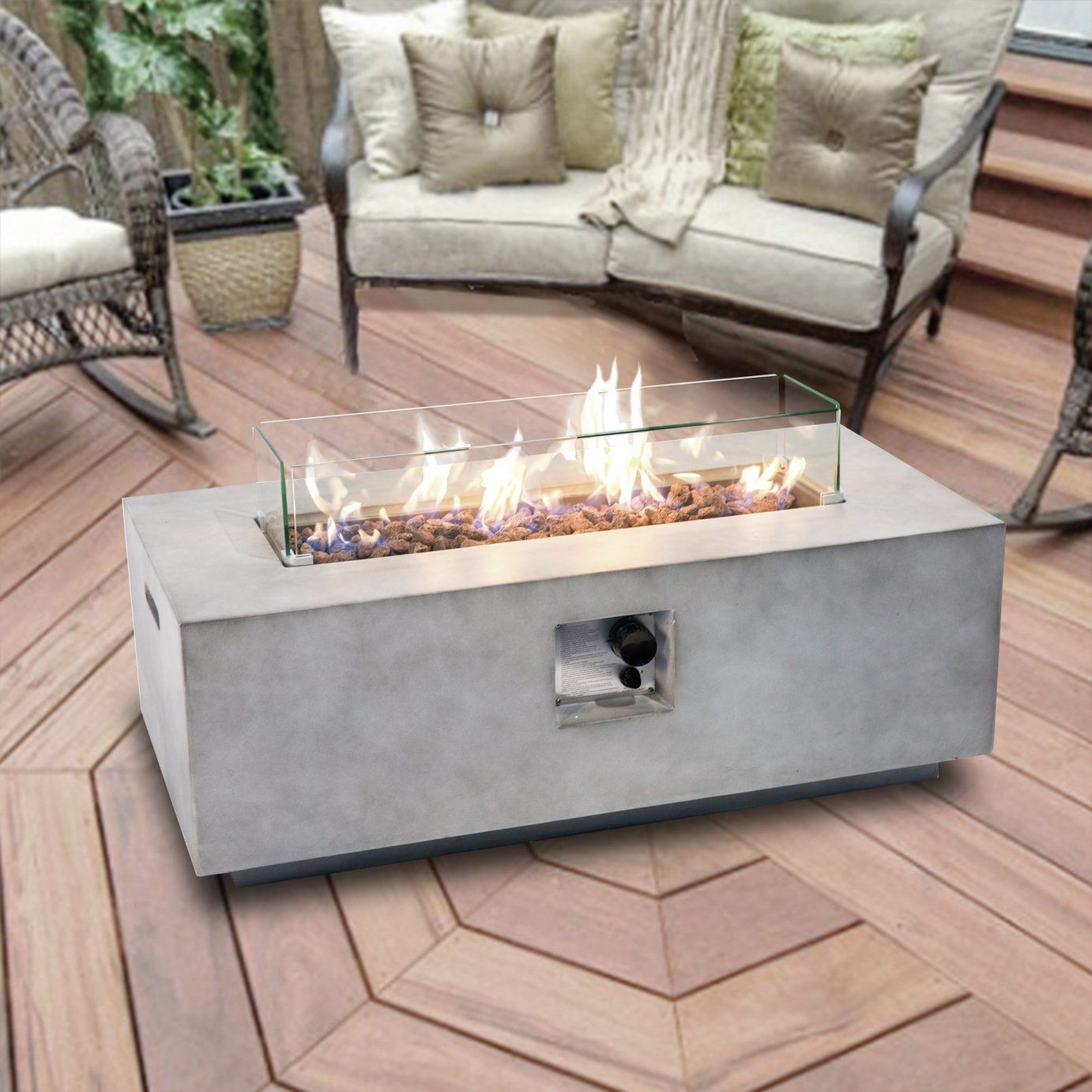
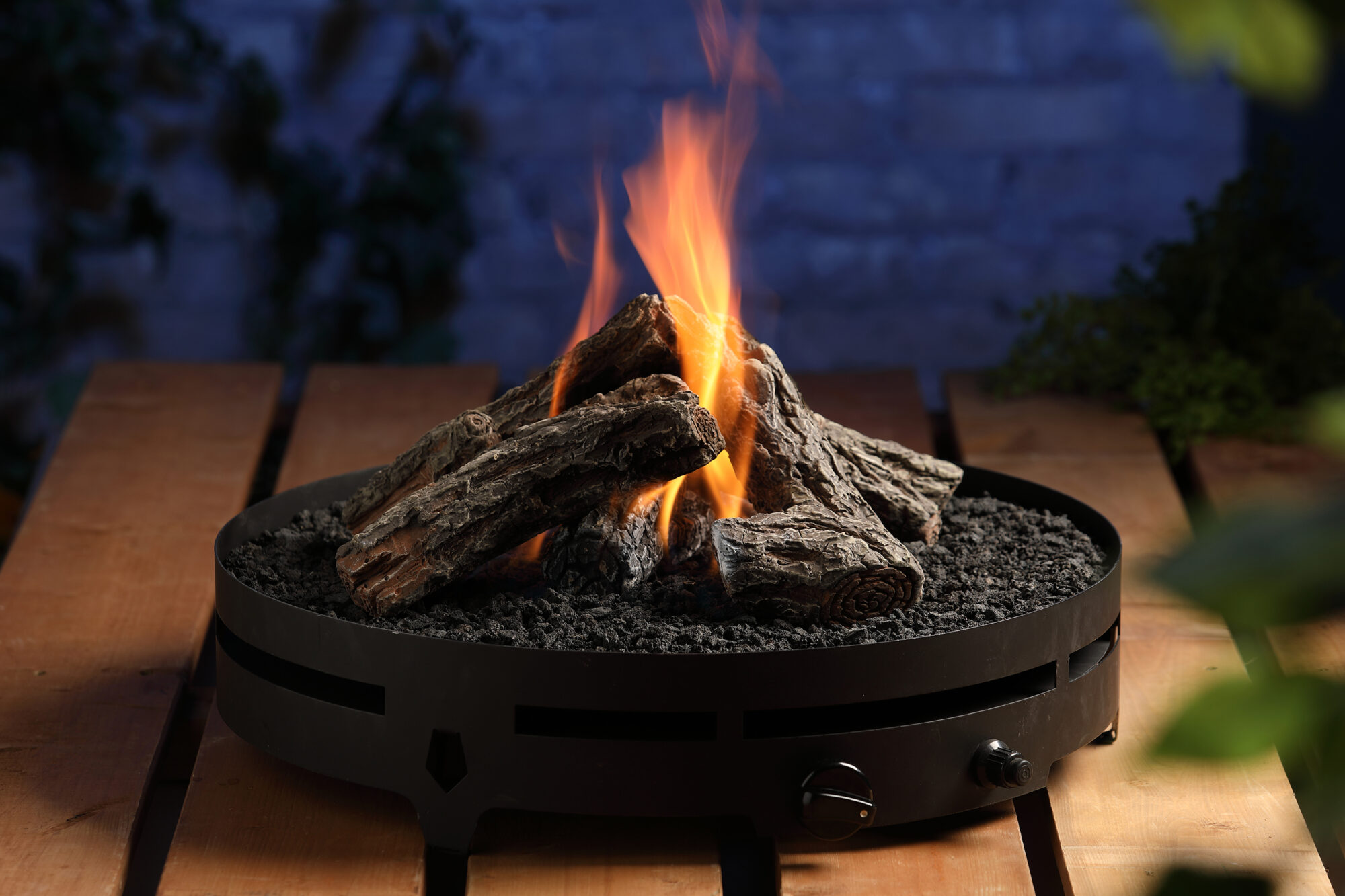
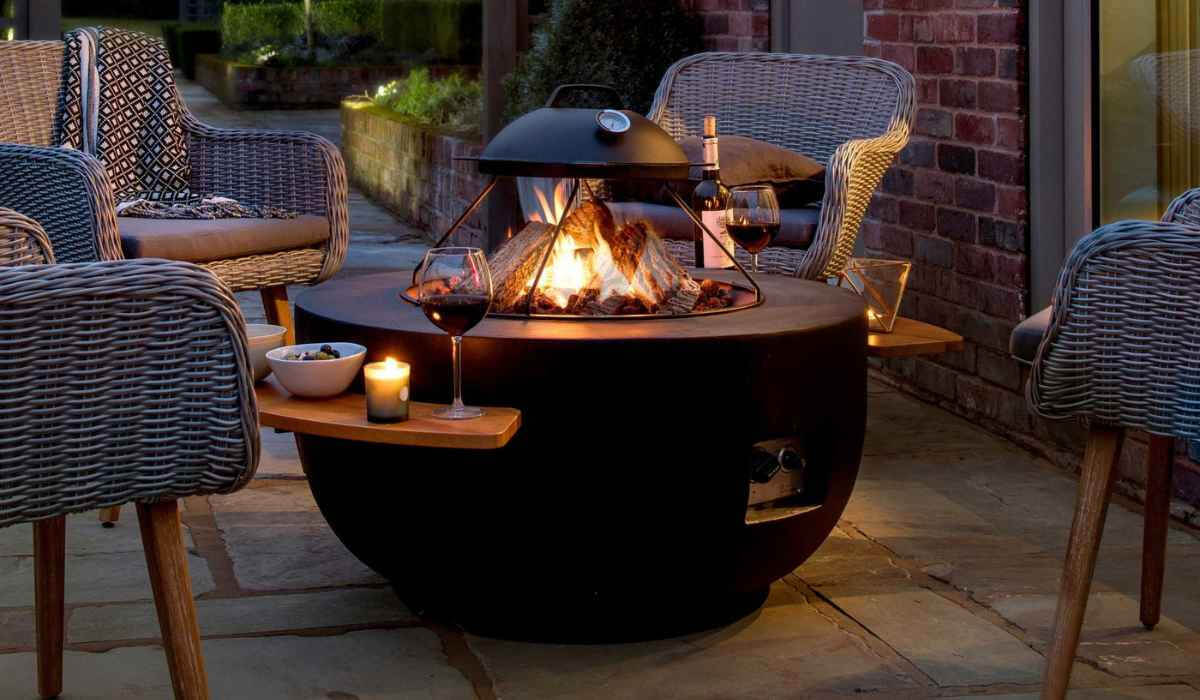
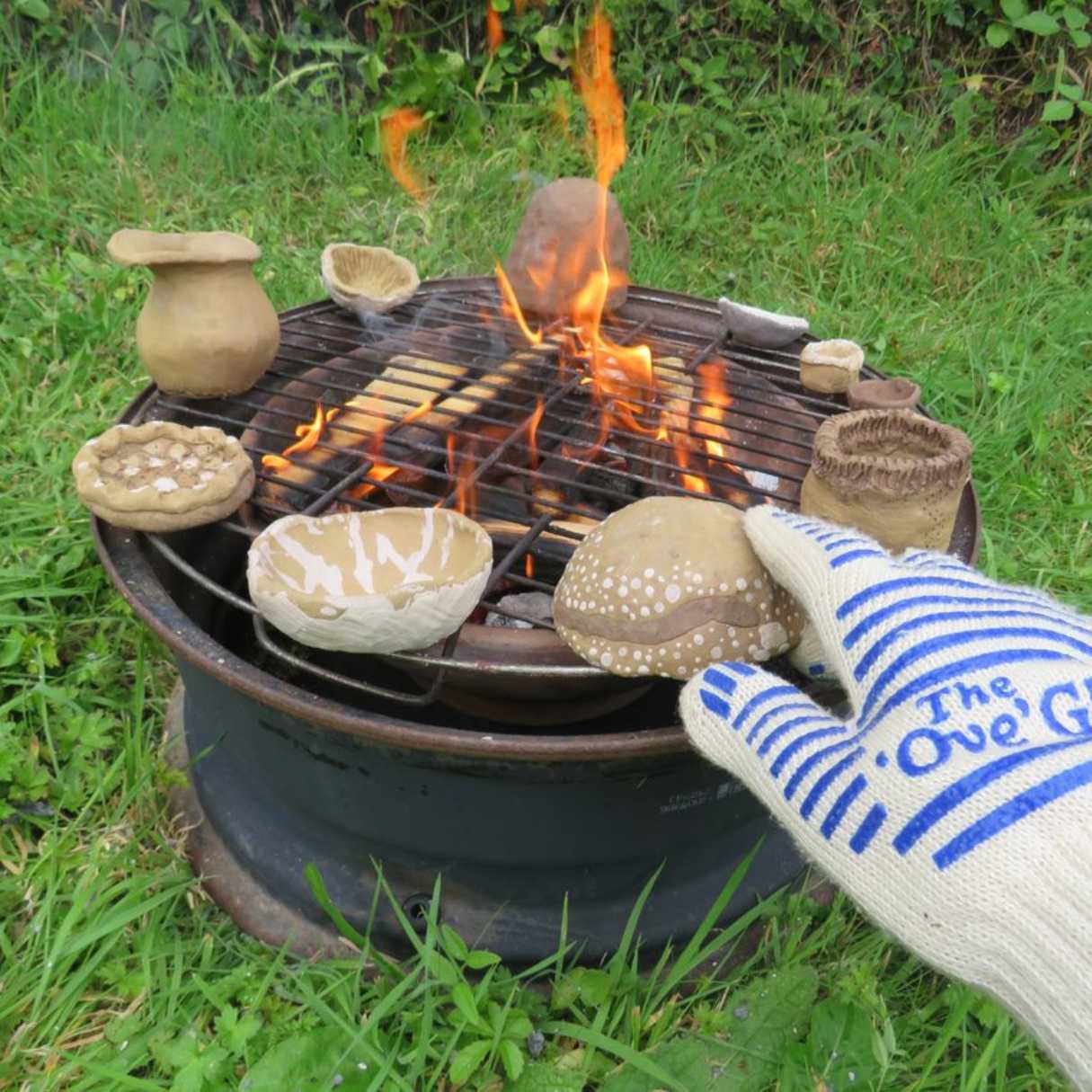
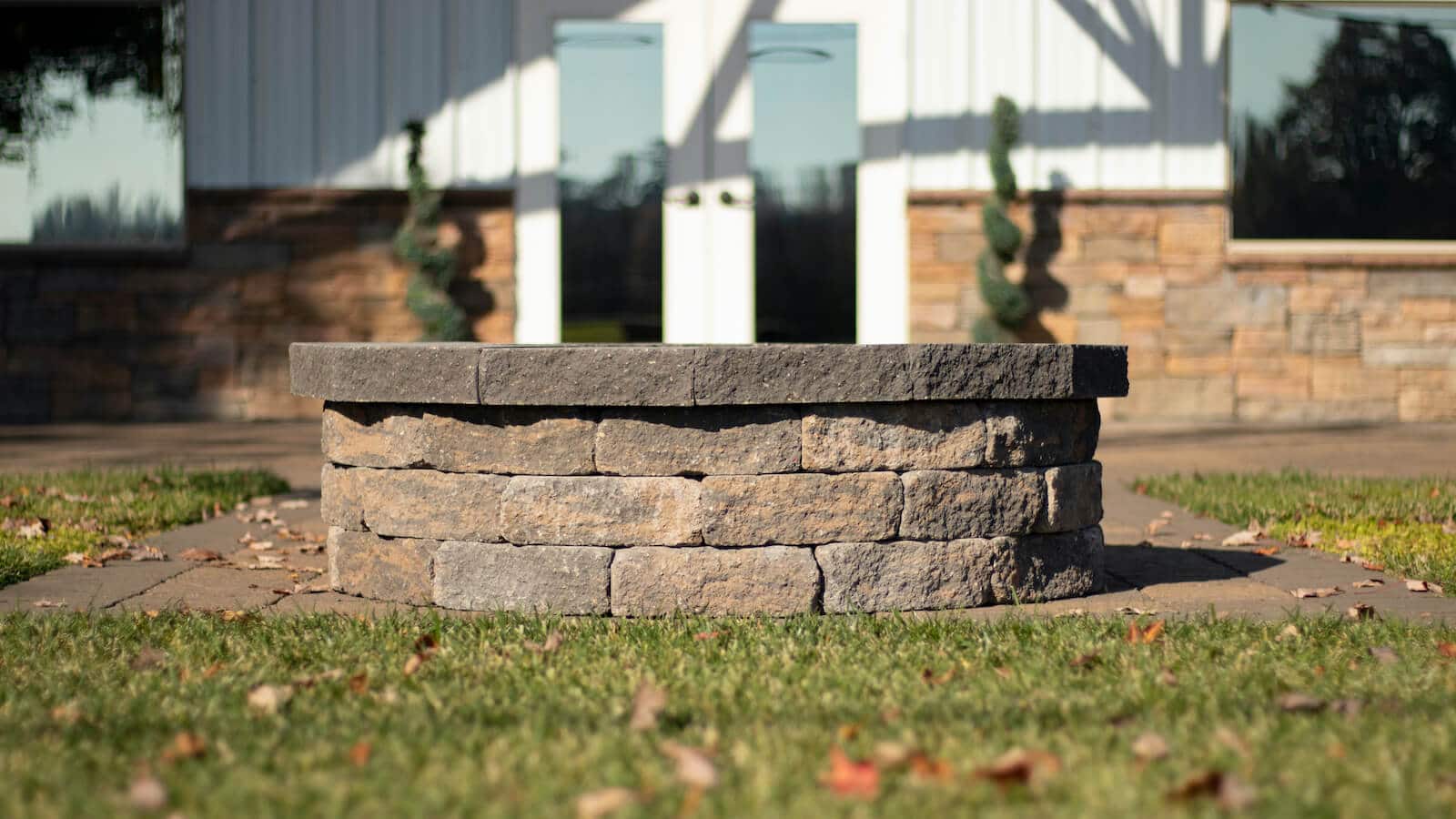
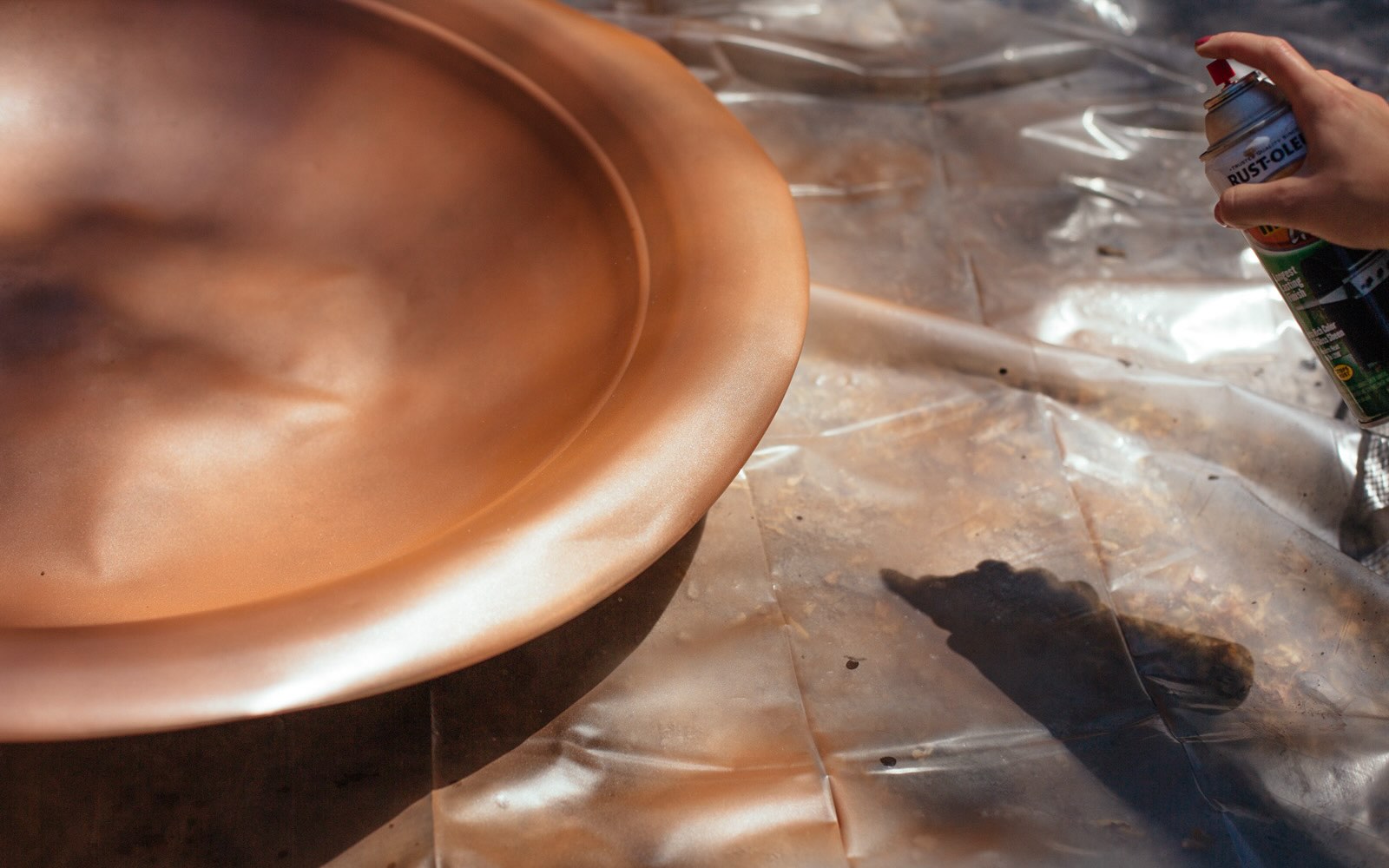

0 thoughts on “How To Run A Gas Line To A Fire Pit”